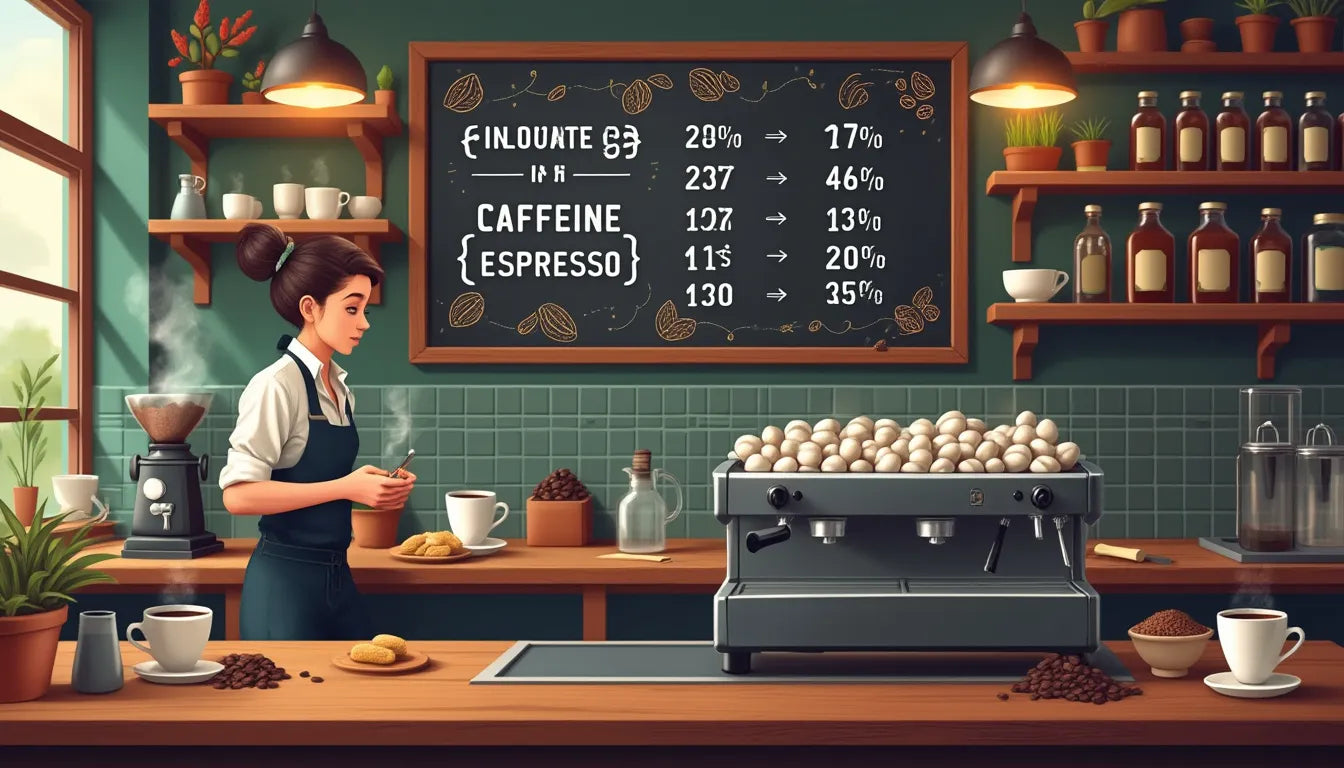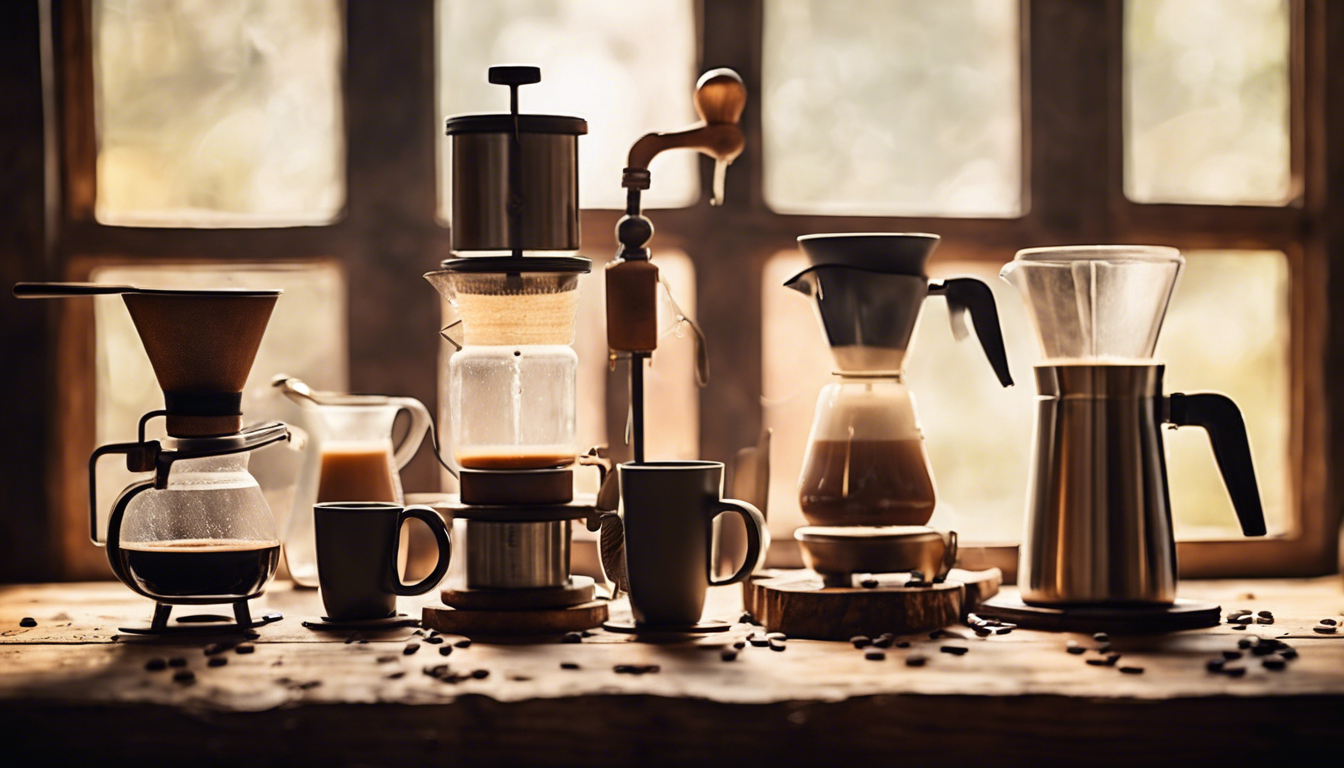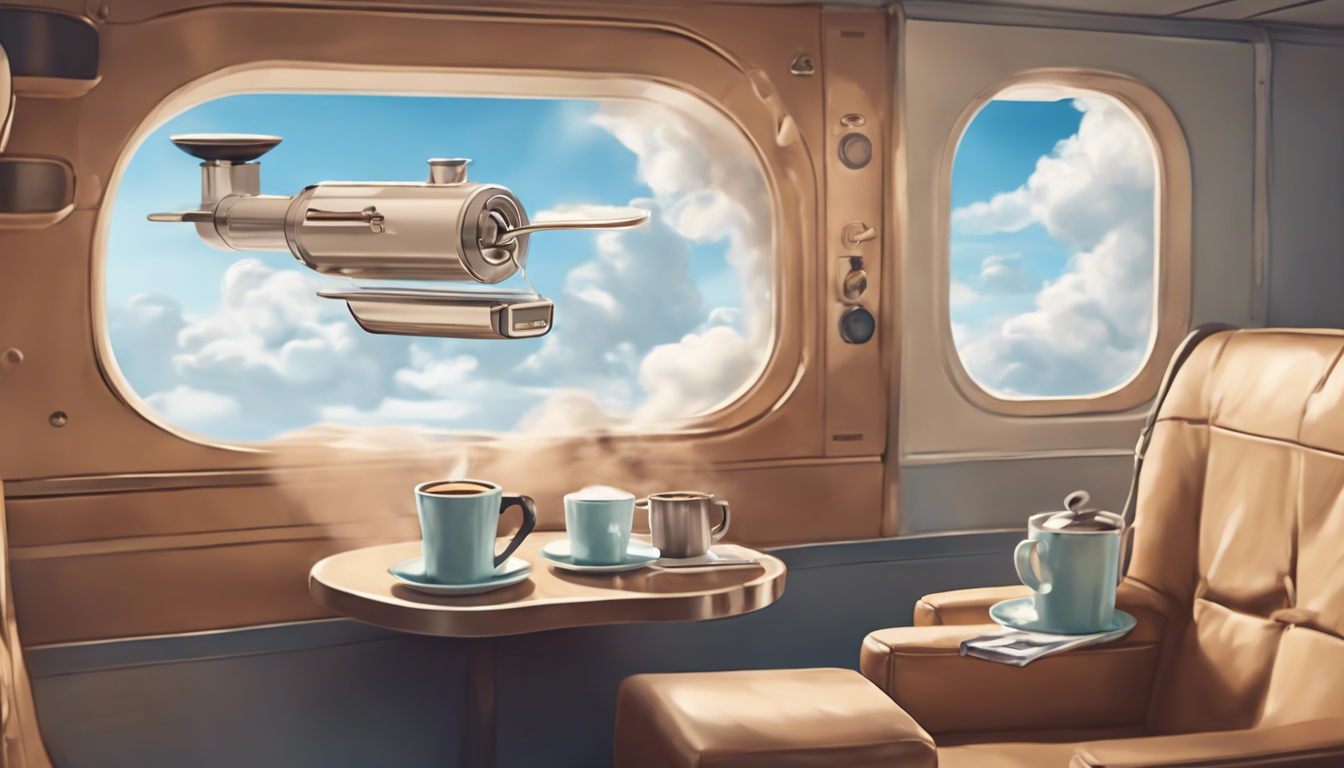Understanding the Mg of Caffeine in Espresso

Understanding the Mg of Caffeine in Espresso
When it comes to coffee aficionados, espresso is often the brew of choice. Known for its rich flavor and potent kick, espresso is not just a drink but a lifestyle. However, for those who are cautious about their caffeine intake, understanding the mg of caffeine in espresso is crucial. This article delves into the caffeine content of espresso and how it compares to other coffee varieties.
What is Espresso?
Espresso is a concentrated coffee beverage brewed by forcing a small amount of hot water through finely-ground coffee beans. It originated in Italy and serves as the base for many popular coffee drinks such as lattes, cappuccinos, and Americanos. An espresso is known for its thick, concentrated form, and it typically comes in a small serving size of about one ounce or 30 milliliters, commonly referred to as a shot.
Determining the Mg of Caffeine in Espresso
The mg of caffeine in espresso can vary based on several factors, such as the type of coffee bean used, the roasting process, and the extraction method. However, a standard single shot of espresso (about 1 ounce or 30 ml) generally contains approximately 63 milligrams of caffeine. In comparison, a regular cup of brewed coffee contains around 95 milligrams of caffeine per 8-ounce serving, which may surprise those who perceive espresso as the ultimate caffeine powerhouse.
Factors Affecting Caffeine Content
- Bean Type: Robusta beans contain more caffeine than Arabica beans. A Robusta espresso shot could pack a higher caffeine punch compared with one made from Arabica beans.
- Roasting Level: Contrary to popular belief, lighter roasts usually have more caffeine than darker roasts because the caffeine slightly breaks down during the roasting process.
- Brewing Time: Extracting espresso for a longer time might slightly alter the caffeine content, but any differences are typically minor.
Caffeine in Espresso versus Other Coffee Types
While the mg of caffeine in espresso per ounce is higher compared to a regular coffee, they're often consumed differently. Espresso is served in much smaller quantities, making the perceived caffeine intake different. Here's how it stacks up:
- Espresso: 63 mg per 1-ounce shot.
- Drip Coffee: Approx. 95 mg per 8-ounce cup.
- Instant Coffee: Around 30-90 mg per 8-ounce serving, depending on the brand and strength.
The Effects of Caffeine
Caffeine is a natural stimulant that can improve alertness and concentration. Understanding the caffeine content in your espresso helps in regulating its intake to match your personal tolerance. Excessive caffeine, however, may lead to jitteriness, insomnia, or increased heart rate, so moderation is key.
Conclusion
In the realm of coffee, the mg of caffeine in espresso is a fascinating topic that blends science with daily indulgence. Whether you’re a fan of the classic espresso shot or experimenting with espresso-based beverages, knowing the caffeine content is vital for managing your daily intake. As always, enjoy your espresso responsibly and savor every robust drop!
Ready to take your coffee experience to the next level? Don’t settle for anything less than perfect espresso, no matter where you are. Click here to grab your portable espresso machine today and enjoy barista-quality coffee on the go!



